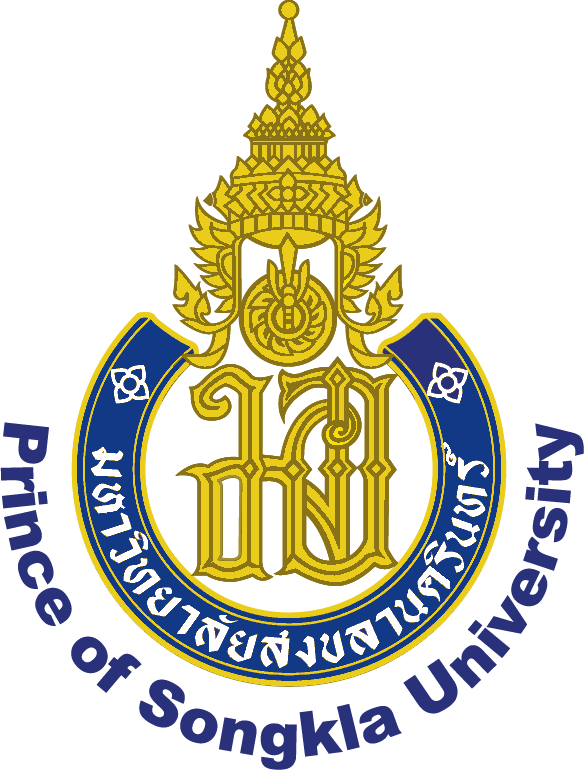THE INFLUENCE OF WORK DEMANDS ON WORK STRESS THROUGH INTRINSIC MOTIVATION AS INTERVENING VARIABLES
Abstract
The results of this study had the work demands that made a negative influence on intrinsic motivation while intrinsic motivation had the significant of positive influence on the work stress. On the other hand, work demands had the significant of positive influence on work stress while intrinsic motivation could not mediate the influence of work demands on work stress.
Full Text:
PDFReferences
Bowen, P., Edwards, P., Lingard, H., & Cattell, K. (2014). Occupational stress and job demand, control and support factors among construction project consultants. International Journal of Project Management, 32(7), 1273–1284. https://doi.org/10.1016/j.ijproman.2014.01.008
Choong, Yuen-Onn, Kee-Luen Wong and Teck-Chai Lau. 2011. Intrinsic Motivation and Organization Commitment in the Malaysian Private Higher Education Institution: An Empirical Study. Journal of Arts, Science & Commerce, 2: pp: 40-50
De Jonge, J., & Dormann, C, (2006). Stressors, resources, and strain at work: A longitudinal test of the triple-match principle. Journal of Applied Psychology, 91 (6), 1359-1374
Ellison, J. M., & Caudill, J. W. (2020). Since January 2020 Elsevier has created a COVID-19 resource centre with free information in English and Mandarin on the novel coronavirus COVID- 19 . The COVID-19 resource centre is hosted on Elsevier Connect , the company ’ s public news and information . January.
Ghozali, Imam. 2015. Partial Least Square : Konsep, teknik dan aplikasi menggunakan program SmartPLS 3.0 (edisi 2). Semarang : Badan Penerbit Universitas Diponegoro
Hessels, J., Rietveld, C. A., & Van der Zwan, P. (2017). Self-emplyoment and wordk-related stress: The mediating role of job control and job demand. Journal of Business Venturing, 32 (2), 178-196.
J. M. Ellison and J. W. Caudill, “Working on local time: Testing the job-demand-control-support model of stress with jail office,” J. Crim. Justice, vol. 70, no. January, 2020, doi: /doi.org/10.1016/j.jcrimjus.2020.101717 Received.
Locke, E. A., & Schattke, K. (2019). Intrinsic and extrinsic motivation: Time for expansion and clarification. Motivation Science, 5(4), 277–290. https://doi.org/10.1037/mot0000116
M. A. Bani-Hani and A. M. Hamdan-Mansour, “The moderation effect of locus of control on the relationship between job demand and job satisfaction among nurses.” International Journal of Nursing Practice, 2020, doi: 10.1111/ijn.12876.
Sengupta, N., & Sengupta, M (2017). Stress at workplace. International Journal of Latest Engineering and Management Research, 2 (2), 22-29
Van den Broeck, A., De Cuyper, N., De Witte, H., & Vansteenkiste, M. (2010). Not all jon demands are equal: Differentiating job hindrances and job challenges in the job demands-resources model. European journal of work and organizational psyshology, 19 (6), 735-759
Yusuf, R. (2020). Job Demans and Resources on Work Stress among Banking Employees. InternationalJournal of Psychosocial Rehabilitation, 24(5), 2578-2584. http://doi.org/10.37200/ijpr/v24i5/pr201957
Refbacks
- There are currently no refbacks.



























